On 11 May 2020, Jacinda Ardern, the New Zealand PM addressed her nation regarding an update on the COVID-19 situation.
A day later, on the 12th of May 2020, the Indian PM Narendra Modi did the same for his country.
Even though I didn’t watch either of them live, I did view recordings of both their addresses and even went through the transcript in detail.
Narendra Modi addressed the nation in Hindi. Since am well familiar with the language, I viewed the recording in Hindi and reviewed the transcripts in both Hindi and English. Jacinda Ardern’s was obviously in English, so no confusion there.
As a communication professional, I love analyzing the speeches world leaders or company executives make. At times I learn a lot from how they communicate around an issue or matter, and at times I critically evaluate what they missed and what they could have done better.
The following blog post is a mix of both. It is a critical look into analyzing leadership communication by two well-respected world leaders.
It’s not always that we get different world leaders to talk about the same concern. But in this scenario when we do, it makes it easier to compare their communication effectiveness, especially in crisis periods.
It brings about a more balanced critique and ensures that we are not comparing apples to oranges.
I’ll be evaluating the whole of their address on a 50 point scale – 10 factors, evaluated against a score of 5. These factors have been taken into consideration based on the context of the existing crisis.
- First words
- Empathy
- Acknowledgment (of present scenario)
- Connecting with people
- Information
- Clarity
- Future actions
- Tone of voice
- Jargons (lack of)
- Call to action
First Words
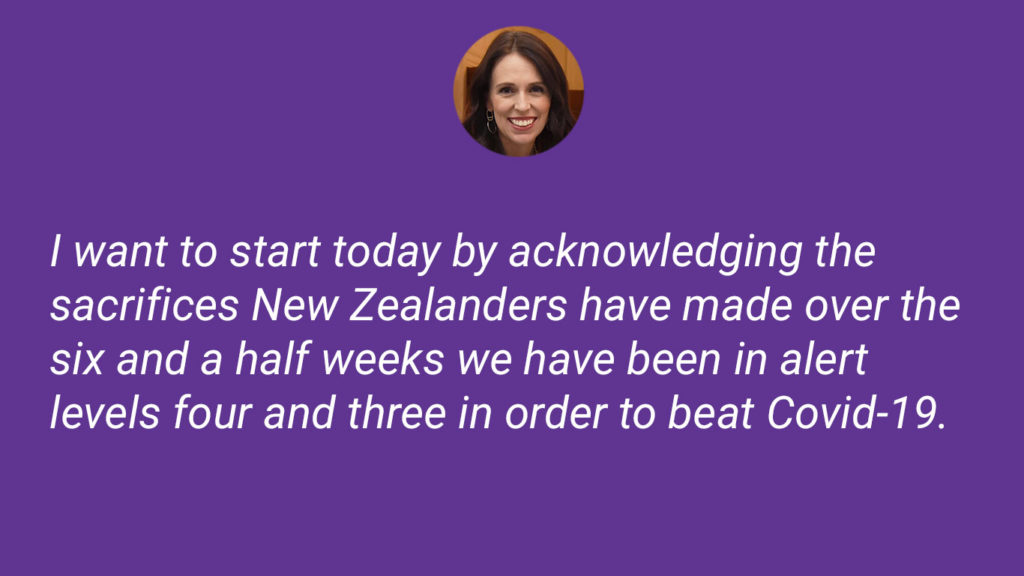
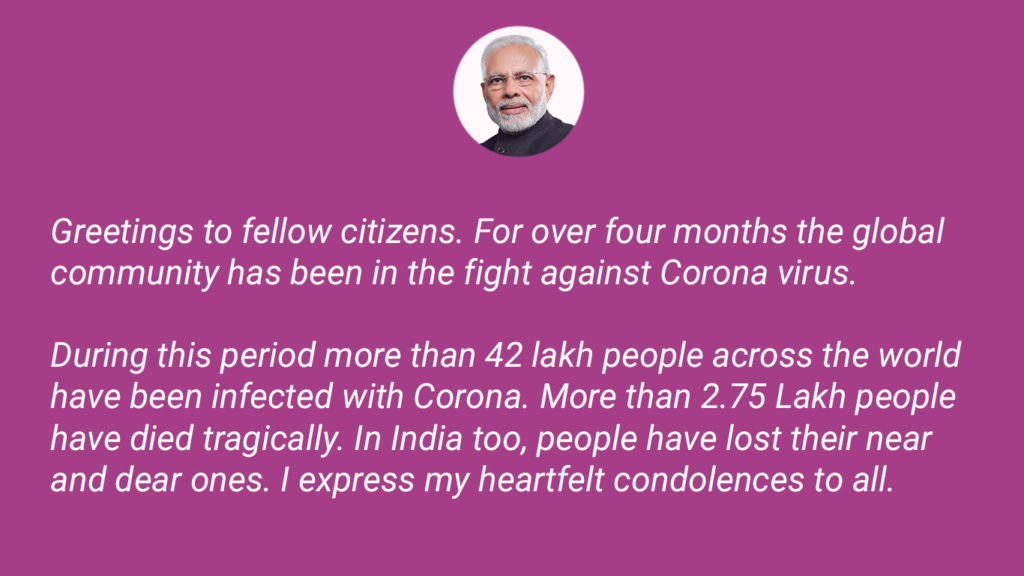
Jacinda Ardern starts off with an “I“, making it personal and getting herself involved in a conversation right away. She also thanks her people by acknowledging the difficulties/sacrifices they have faced. As a leader, this is a strong start because she starts off positive.
Narendra Modi, on the other hand, starts off with a very grim iteration of the facts – the number of people affected and the number of people who have lost their lives. While this is true factually, it sets off a very negative tone to the whole address.
Modi’s whole tone is not conversational, to begin with. And from the outset it seems like an announcement – a one-way path.
Empathy

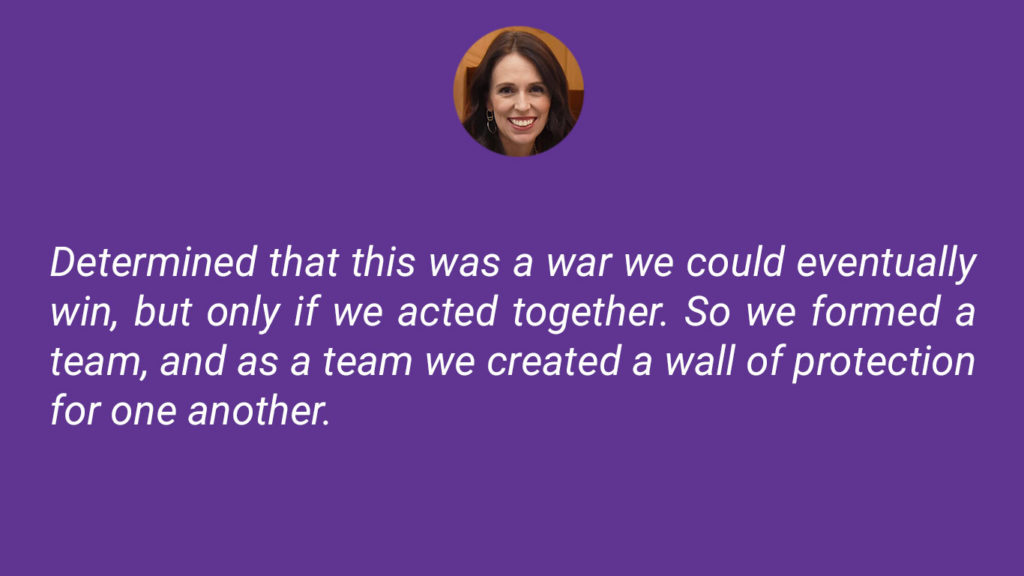
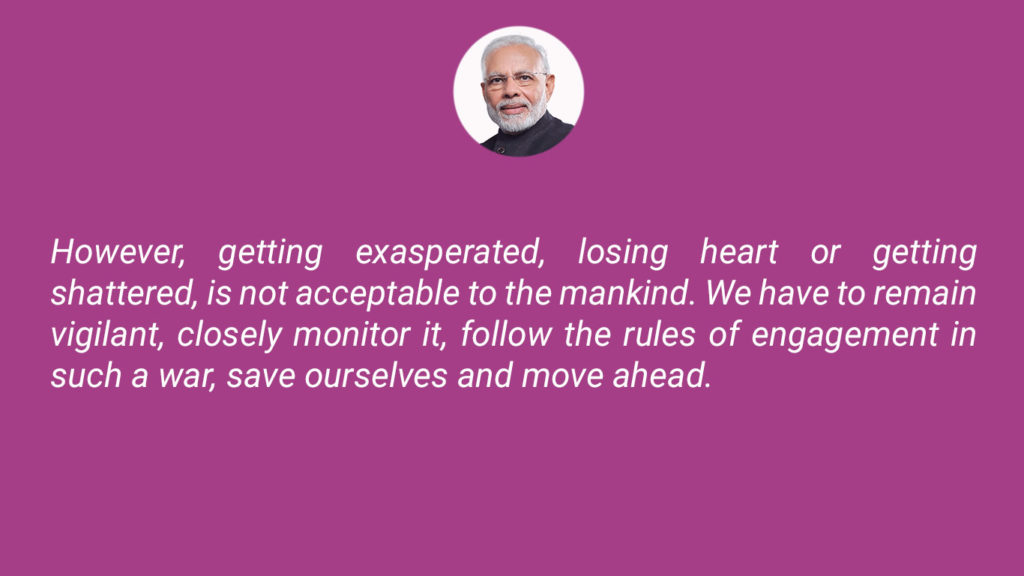
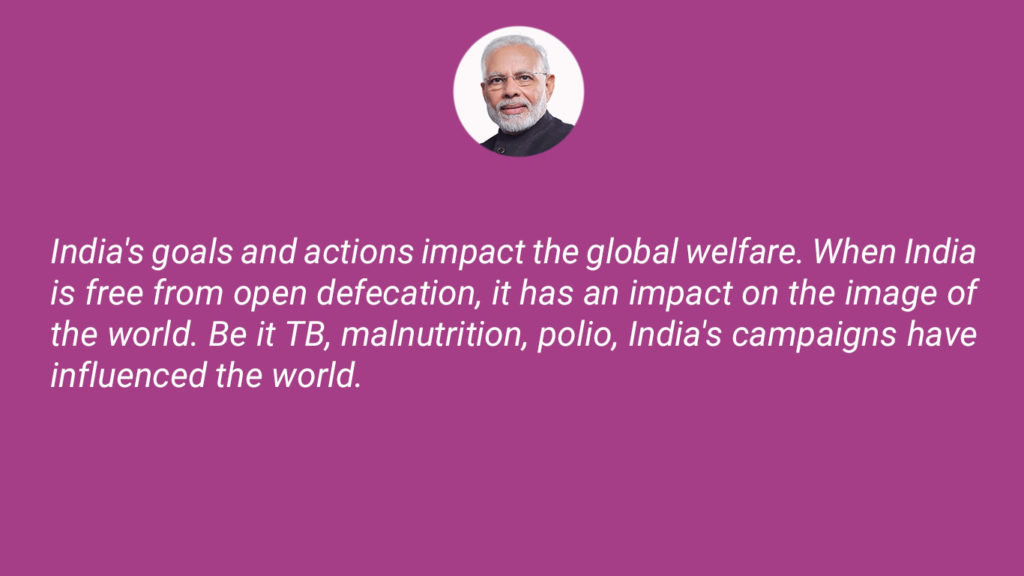
Empathy is strongly needed in times of crisis.
Continuing on her conversational tone, Ardern again makes personal statements and acknowledgments about her people. And again specifies on the strength the people of NZ have shown.
She compares the pandemic to a war. But instead of focusing on an offensive towards the war, she chooses to focus on the ‘team‘ and ‘protection for each other‘ aspect.
Modi on the other hand, blatantly states that ‘losing heart or getting shattered‘ is not an option. Telling that to someone who might have lost a family member, or to a migrant worker who has been unable to travel back home, seems a bit insensitive.
He too compares the pandemic to a war, but with a more offensive approach. In the above statement, and various others about India’s actions having an impact on the global welfare, the tone comes across as him being more concerned about India’s image globally, rather than focusing on the people’s plight.
For example, look at some more statements made by Modi:
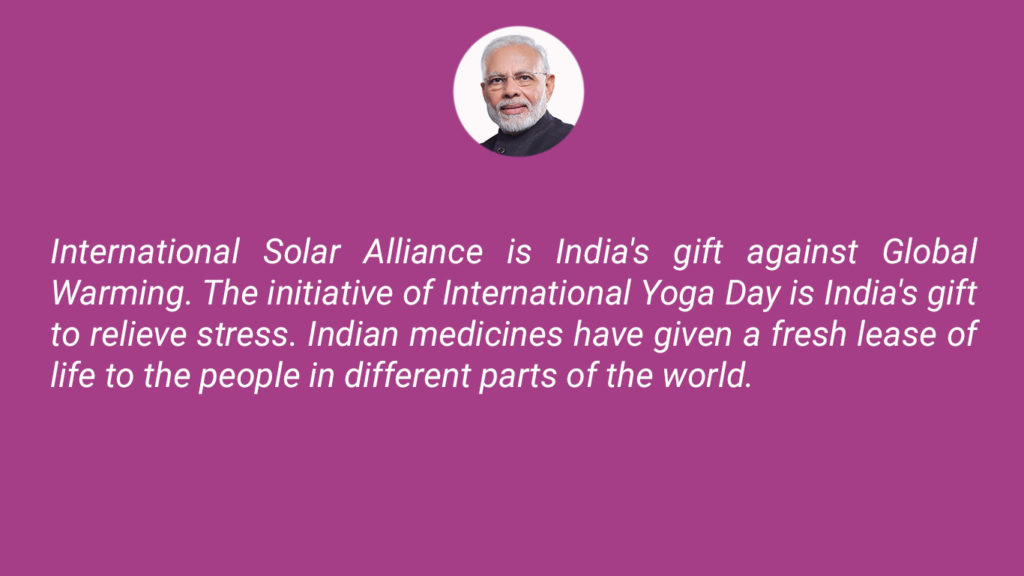
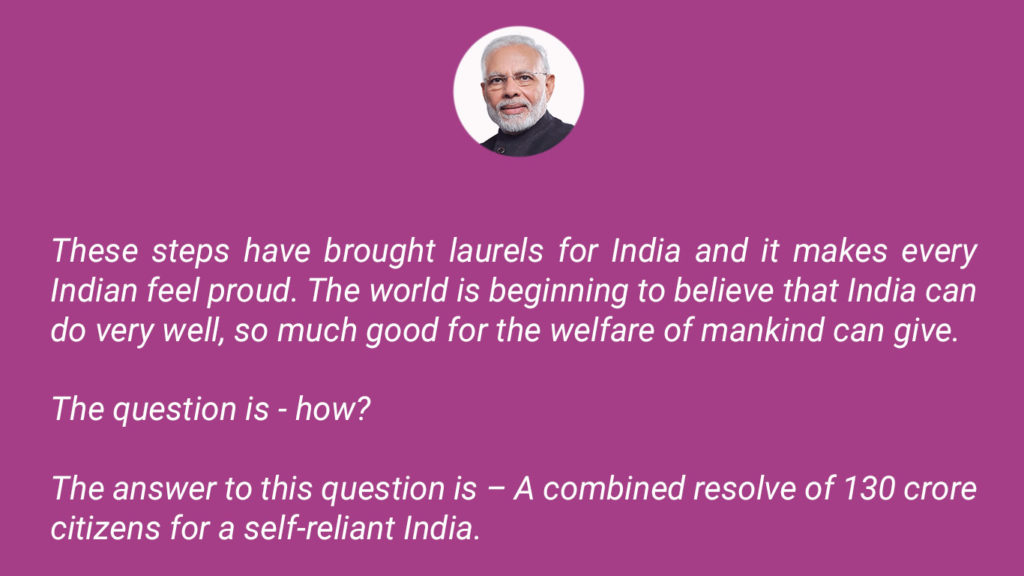
The good side of these statements is the fact that he is reminding Indians about their strong history and India’s potential to be “Self-Reliant”.
The downside, this probably isn’t the situation to talk about all this. The statements feel more like its given to international media to show what India is capable of doing, rather than being about connecting with one’s own people. In any other situation, these might be well received and make more sense. But probably not now.
Acknowledgment
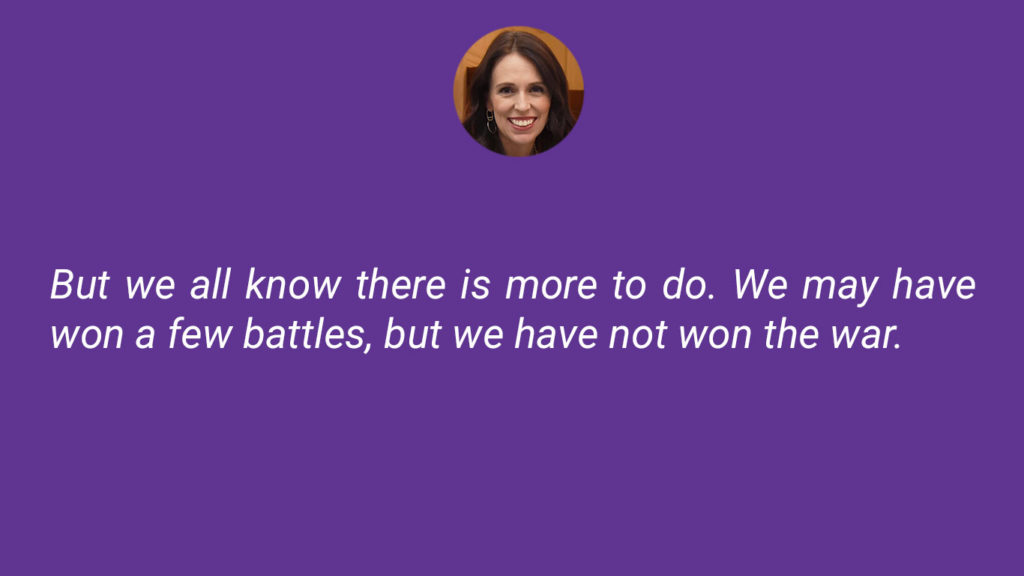
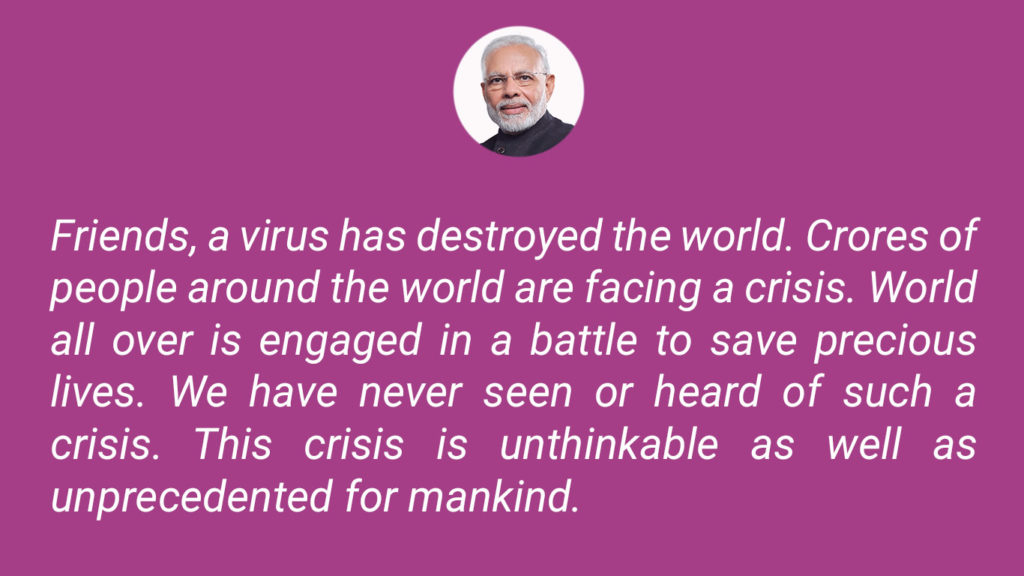
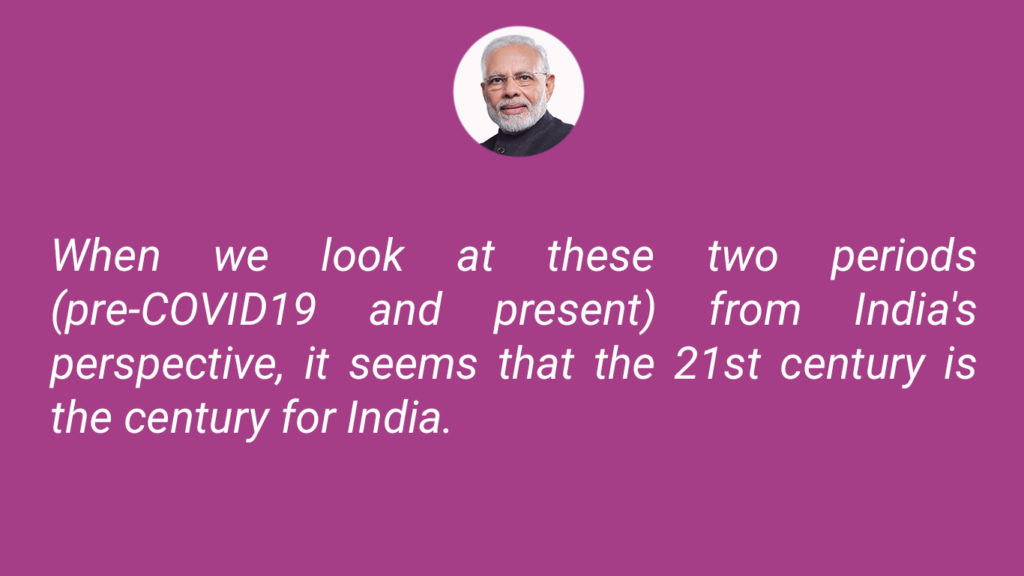
Both Ardern and Modi acknowledge the impact of the pandemic. But even there, the difference in how it is communicated is very visible.
Ardern understands and conveys that ‘there is more to do’.
Modi’s too acknowledges, but on a more superficial level. What is lacking there is the action that needs to be done post the acceptance. He then later again compares the pre-COVID19 and present era, and rather than choosing to be empathetic, goes on about vague statements branding India.
Connecting with people

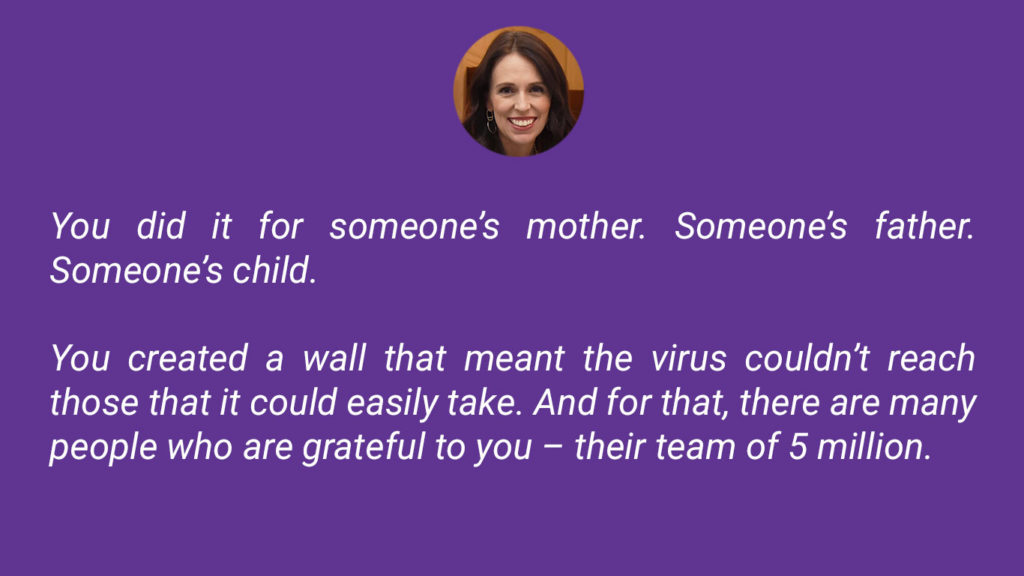
I was truly impressed with these 2-3 paragraphs stated by Ardern. In these words, she is connecting personally with her people and making them all part of the success behind the downfall of the pandemic in NZ.
There were no such personal statements I could find in the 34 minutes, 2207 word long address by Modi. The only evidence I could find was the 15 times the word dosthon (friends) was mentioned.
Another issue I have here is that Modi’s address was in pure Hindi, with no subtitles or translations available in any other language.
As of 2011 census, while there are 528 million native Hindi speakers in India, it accounts for 43.63% of the total population. The rest 56.37% either do not speak Hindi at all or have a limited understanding of the language.
That by itself alienates the majority of your countrymen. And for those who do not know, Hindi is not India’s national language. Along with English, it is an official language, and one of the 22 scheduled languages, as per Article 343(1) of the Indian constitution.
Information
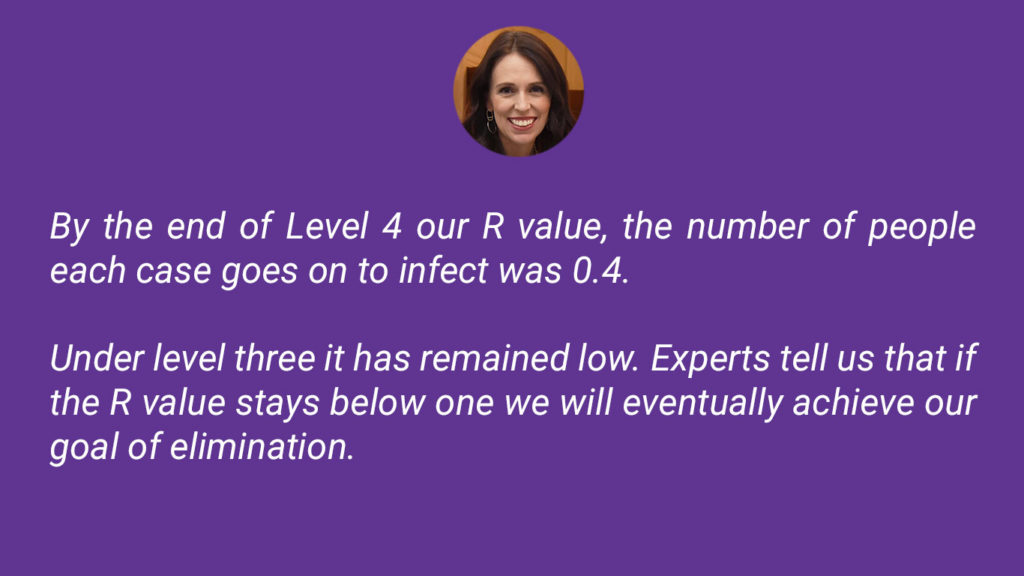

Ardern’s address was intended more at providing information about the moving of the restrictions to level two, and she did that well. No additional decorations or unwanted information with that.
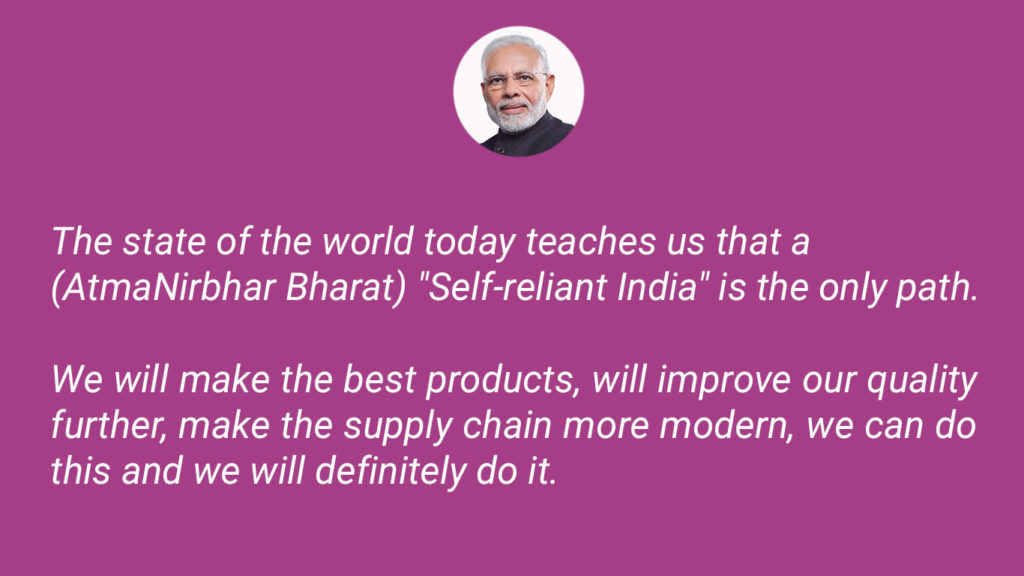
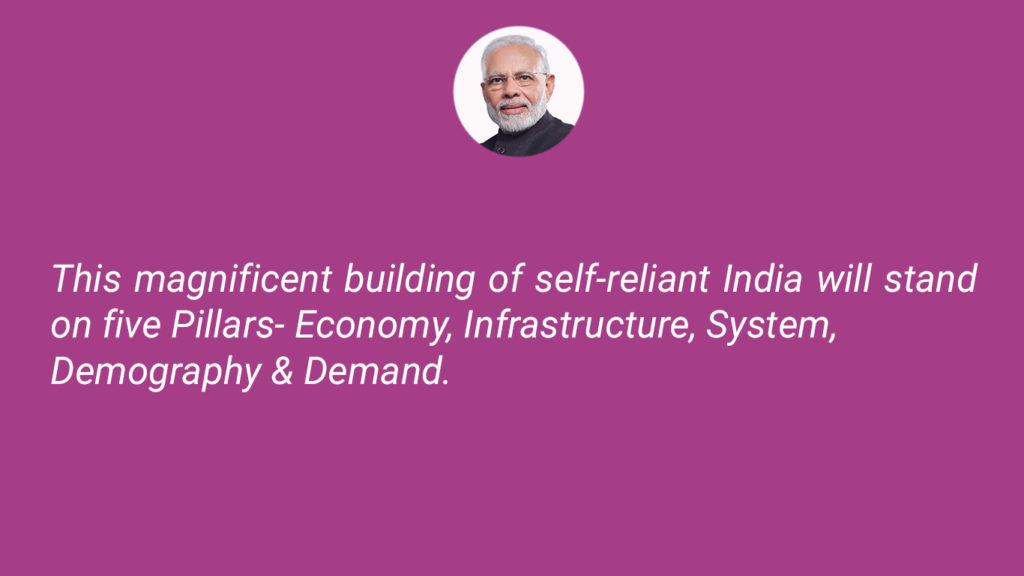
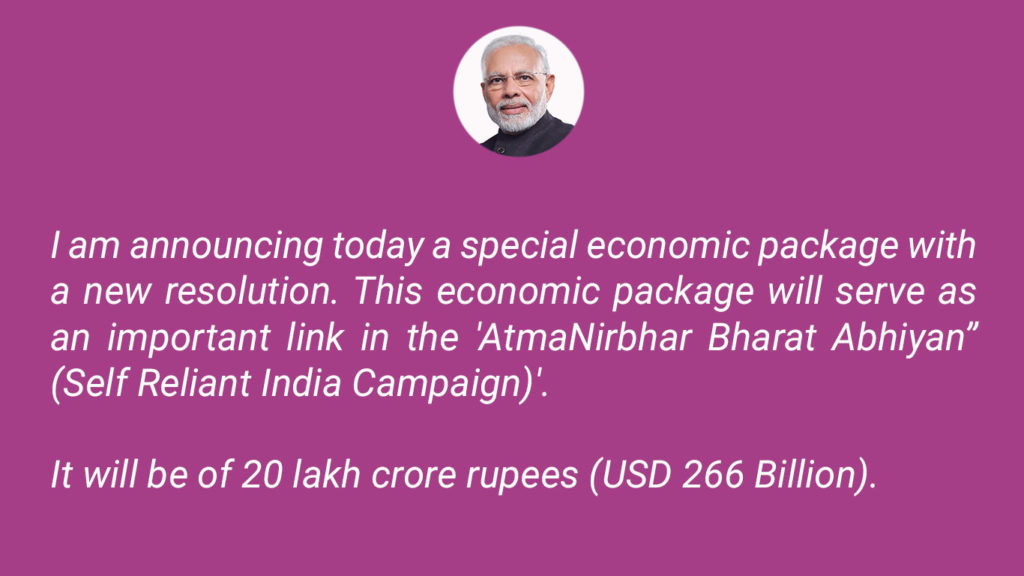
Modi’s whole address was about Atmanirbhar (Self-Reliance). He did convey some important information about how India would be going forward to attain its goal of self-reliance, including the main five pillars it would be built on.
One major announcement was the release of USD 266 Billion (20 lakh crore rupees) of MSME support package. While there was no mention of how it would be spent, he did mention that over the next few days the details would be shared by the Finance Minister (FM).
In hindsight, it would have made more sense to the public if they were given an outline of which sectors this package would support. Yes, the details could be shared by the FM, but the information could be more, well, informing.
Clarity
When you look at both Ardern’s and Modi’s addresses, one huge difference that comes across very prominently is the clarity and crispness.
Ardern’s address made sure each word was calculated and necessary for what was being conveyed.
Sadly, Modi’s address was a lot of frills and context-less statements, which added no value to the public in this time and situation.
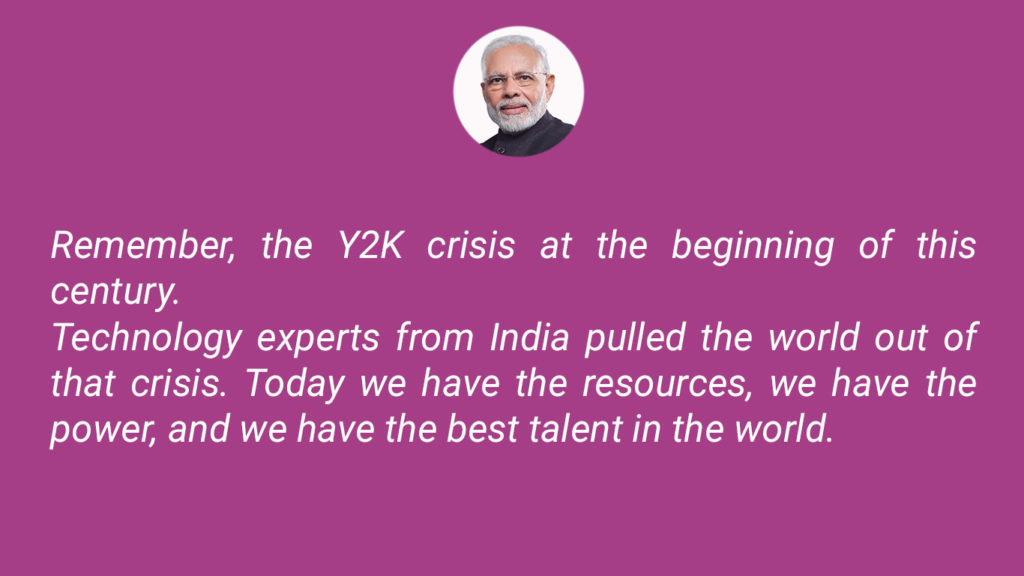
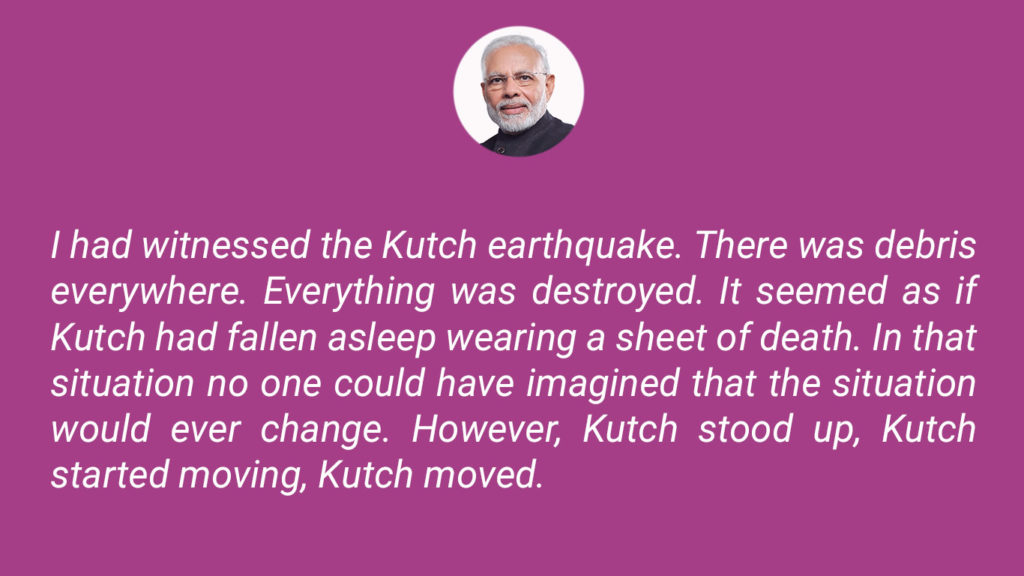
Communicating effectively is about being to the point and making sure each word is weighed and measured well. In an already depressing situation, Modi’s mention of Kutch earthquake and Y2K crisis seems unnecessary.
If you look at his whole address, it mostly looks like a motivational talk rather than a country head’s speech.
Future actions
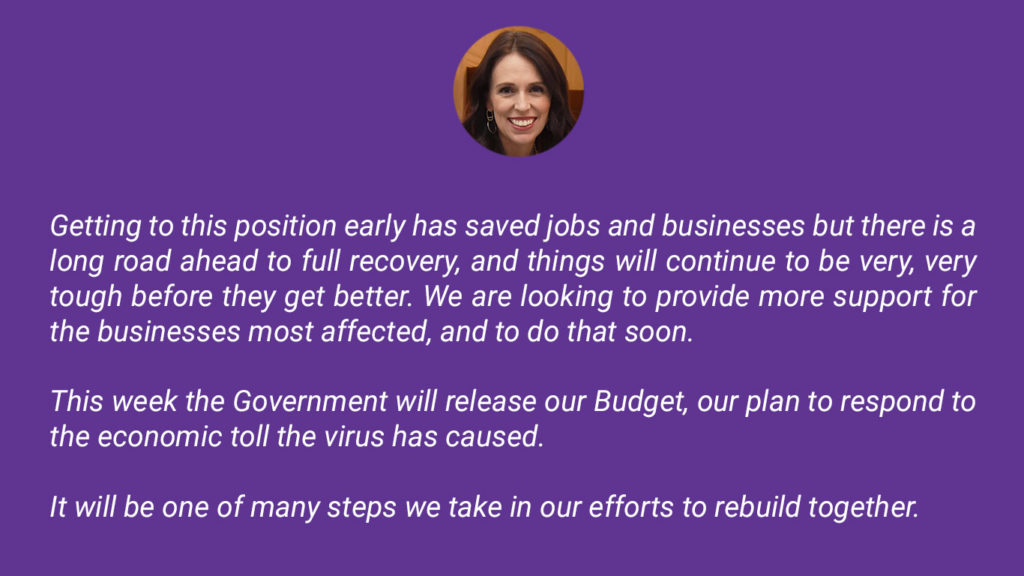
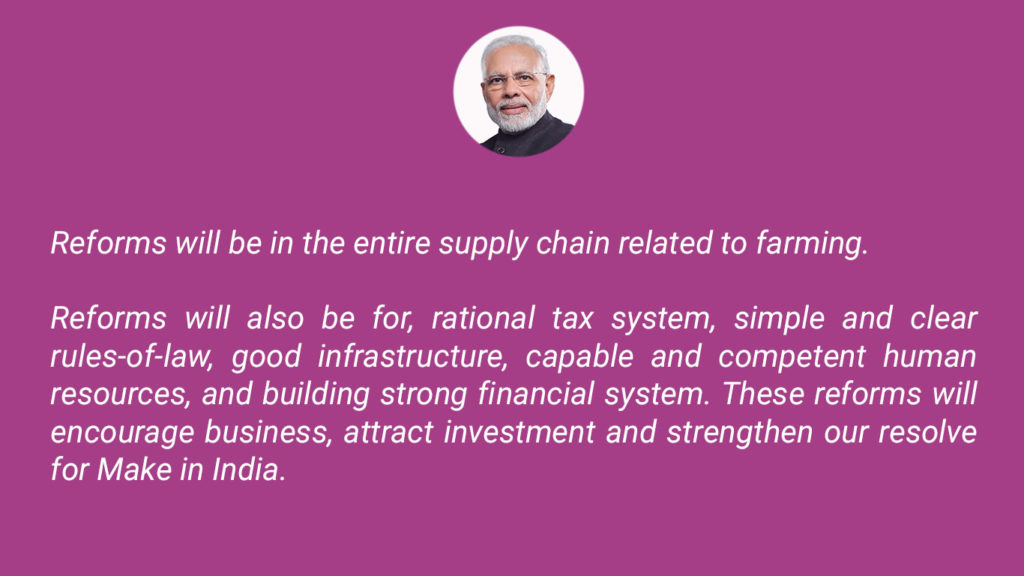
Both Ardern and Modi gave a good gist of future actions. No complaints there.
Tone of voice
I have already touched on this before.
Leadership communication is not just about what is conveyed but how too. People always connect with conversations better than announcements.
Personal touch is always better than a formal tone.
And in that aspect too, Ardern scores more.
Ardern’s whole tone is empathetic, conversational, and personal. If you listen to her address, it feels she’s talking to us individually.
Modi, on the other hand, has no conversational tone and lacks warmth. And his overuse of the word dosthon (friends) does not make things better.
Jargons
I have gone through each of the transcripts at least a dozen times. And only one of them feels human and jargon-free.
Even though I don’t live in New Zealand and nor am I a Kiwi, Ardern’s address connects with me too. And that’s only because of the human element.
Modi’s address, sadly again, disappoints.
Too much jargon and unwanted information, which at times feels like the speech-writer was trying to be a pseudo-intellectual.
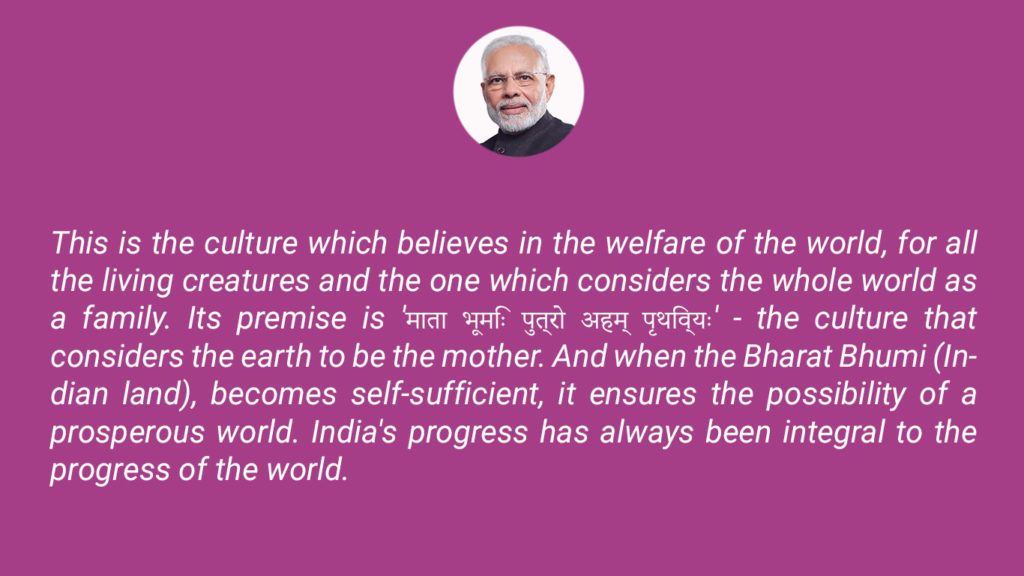
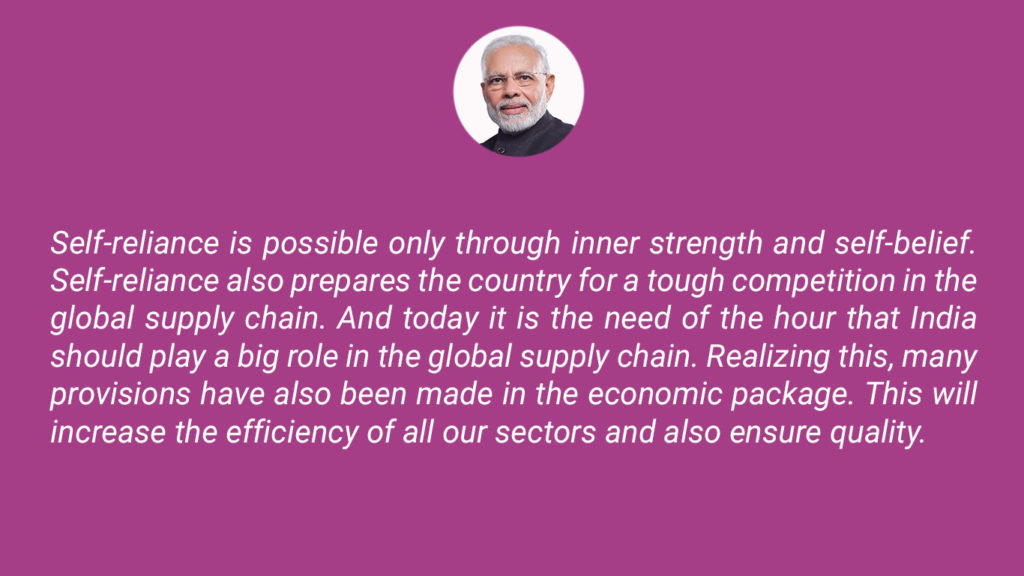
There’s just too much repetition. Too much vague stuff which eventually means nothing. Almost as if the speechwriter’s intention was “if you can’t convince them, confuse them‘.
Call to action
Both Ardern and Modi finish their speeches with a call to action (CTA). But again, the difference is quite visible.
The second last sentence Modi says is again a jargon of words with no specific tangible meaning. Yes, we understand very well that the whole point is to make India self-reliant. But the CTA doesn’t give any ‘call’ for the public on what to do next.
It’s more like ‘just wait and see’.
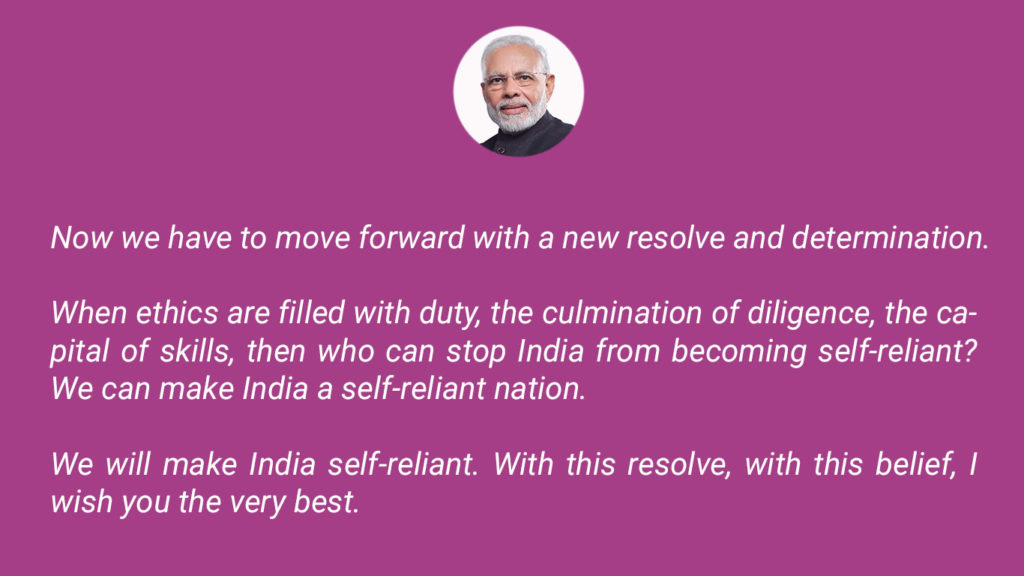
Whereas Ardern, once again focuses on the human element.
Simple words, simple CTA.
“Keep it small, keep your distance, and be kind“.
There is a clear call to action for the public as to what’s the very least expected of them.

Scoring Summary
Each of the factors mentioned above, I marked on a scale of 5.
Yes, there is a personal bias in the marking. But mainly because I have focused purely on the communication skills as a leader. And also because I have been following both leaders (and also Scott Morrison & Donald Trump), for quite some time and have a basic context to how they have been communicating with the public over a period of time.
| FACTOR | JACINDA ARDERN | NARENDRA MODI |
| First Words | 4/5 | 1/5 |
| Empathy | 5/5 | 1/5 |
| Acknowledgement | 3/5 | 2/5 |
| Connecting with people | 5/5 | 2/5 |
| Information | 4/5 | 4/5 |
| Clarity | 4/5 | 1/5 |
| Future actions | 4/5 | 4/5 |
| Tone of voice | 5/5 | 3/5 |
| Jargons (lack of) | 5/5 | 0/5 |
| Call to action | 4/5 | 2/5 |
The winner? No one.
This isn’t a competition. This is just me trying to figure out in detail why one leader is being held in high regard while another is continuously failing his own people, on various fronts.
To put it in number:
Jacinda Ardern: 43/50
Narendra Modi: 20/50
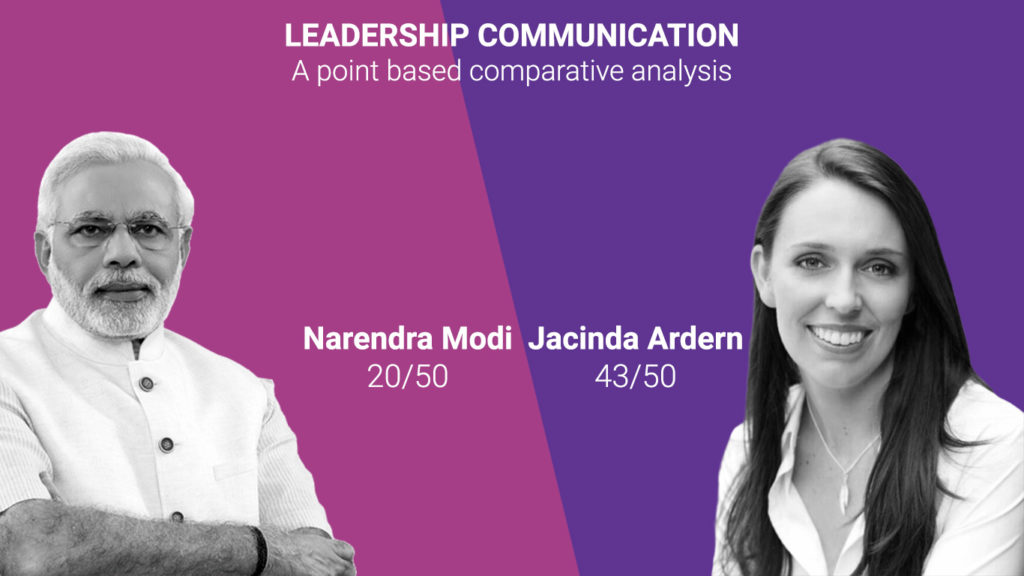
Conclusion
Ardern has been well appreciated globally about her handling of the COVID19 situation. Her response to the Christchurch shootings was also well appreciated. It has become very clear from her style of leadership communication that empathy and personal touch is something she values a lot.
This is clearly visible even in the analysis above.
Modi is an amazing orator and is well known for capturing the undivided attention of his crowd. His second term as the Prime Minister of the world’s largest democracy, owes no less thanks to his oration and communication style. While the whole of India might not agree with him, Modi knows his target audience well and what they want to hear. And he says just that.
And I guess, that’s what makes Ardern and Modi so different. Ardern’s a leader whereas Modi’s a politician. And nothing makes it more prominent than their communication styles.
Even in the addresses analyzed above – Ardern’s is empathetic, decisive and personal. Whereas Modi’s is more of a poorly formulated, over-hyped motivational talk.
Have a difference of opinion? Or support this finding? Either way, feel free to comment and I’ll be happy to hear your thoughts.